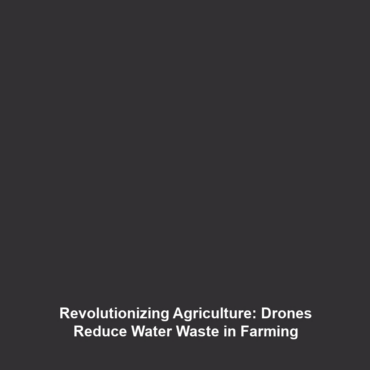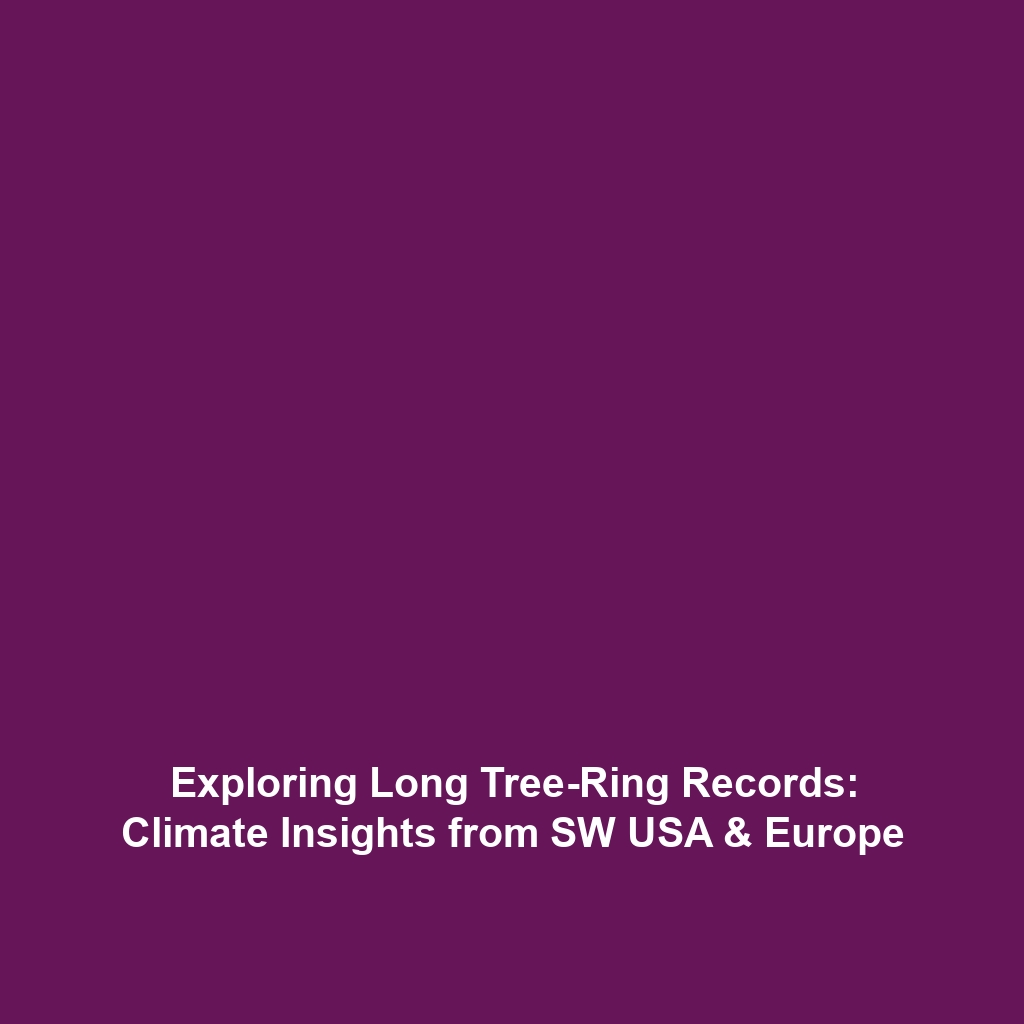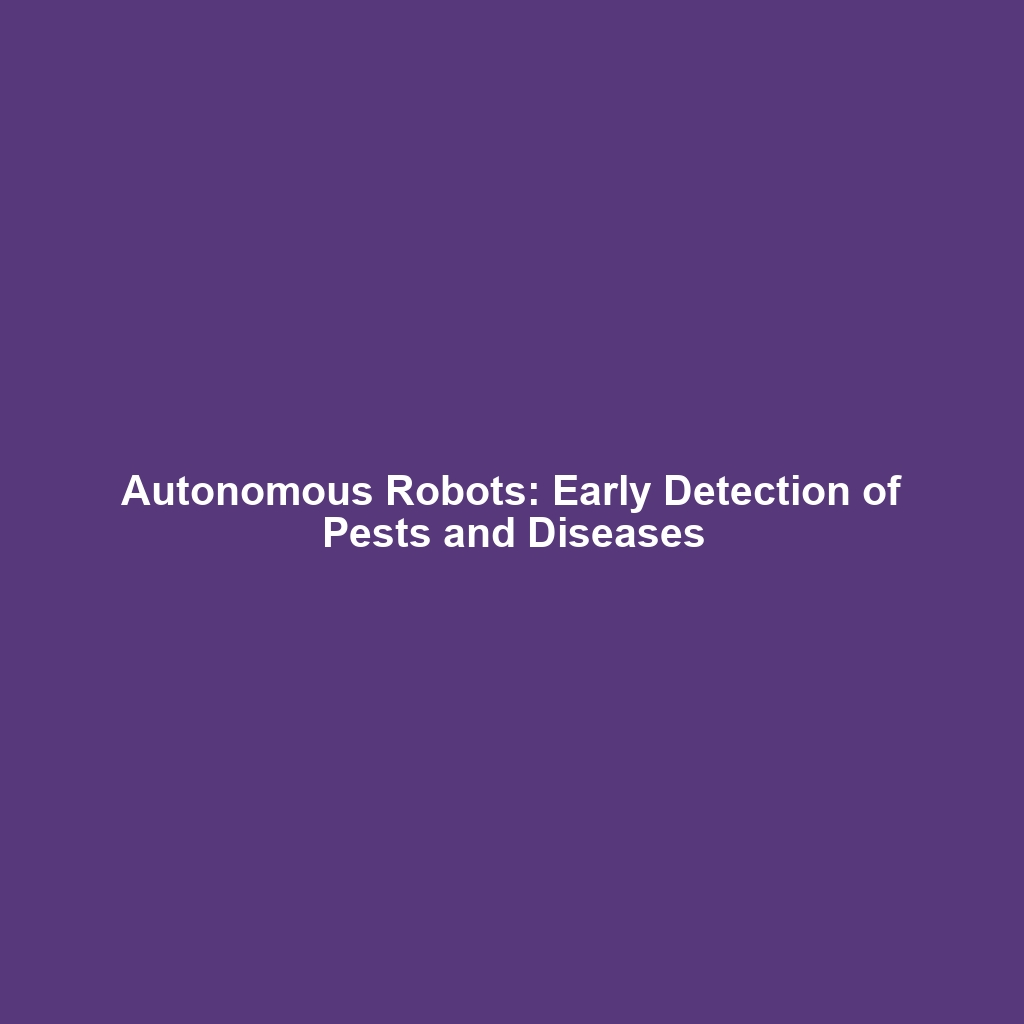Drones in Science: Case Studies of Drones in Smart Farming Reducing Water Waste in Agriculture
Introduction
As the global population continues to rise, the demand for sustainable agriculture practices becomes increasingly urgent. Drones in smart farming offer innovative solutions that address this need, particularly in the realm of reducing water waste in agriculture. Various case studies demonstrate the potential of drone technology to optimize resource management, enhance crop yields, and promote environmental sustainability. This article explores key concepts, applications, challenges, and future innovations related to the significant intersection of drone technology and agriculture.
Key Concepts
Drones have emerged as vital tools in the agricultural sector, leveraging advanced technology to improve efficiency. The following key concepts illustrate how they fit within the broader context of Drones in Science:
- Precision Agriculture: Drones capture high-resolution images that allow farmers to monitor crop health, identify pests, and assess irrigation needs.
- Data Collection: Equipped with sensors and cameras, drones gather data on soil moisture levels, which helps in making informed decisions regarding water usage.
- Automated Solutions: Some drones can automate the irrigation process, ensuring that crops receive the appropriate amount of water while minimizing waste.
Applications and Real-World Uses
Numerous real-world applications showcase how drones are used in smart farming to reduce water waste in agriculture. Here are some noteworthy examples:
- Crop Monitoring: Drones equipped with thermal imaging can detect areas requiring water, enabling targeted irrigation.
- Irrigation Management: Drones assist in creating detailed maps of soil moisture levels, allowing farmers to calibrate their irrigation systems effectively.
- Yield Assessment: Monitoring crop health through drone imagery helps farmers optimize water usage based on plant growth stages.
Current Challenges
Despite the promising advantages, there are several challenges of using drones in smart farming to reduce water waste:
- Regulatory Restrictions: Compliance with aviation regulations can limit drone usage in certain areas.
- Data Management: Managing and analyzing the large volumes of data obtained from drones can be resource-intensive.
- Cost Barriers: High initial costs of drone technology may deter small-scale farmers from adoption.
Future Research and Innovations
Continued innovations in drone technology will likely enhance their application in agriculture. Future research may focus on:
- Integration with IoT: Combining drones with Internet of Things (IoT) devices for real-time monitoring and automated responses to environmental conditions.
- Advanced Analytical Tools: Developing software that provides actionable insights from drone-collected data quickly and efficiently.
- Enhanced Sensors: Next-gen sensors that improve data accuracy, further reducing water waste and boosting crop productivity.
Conclusion


